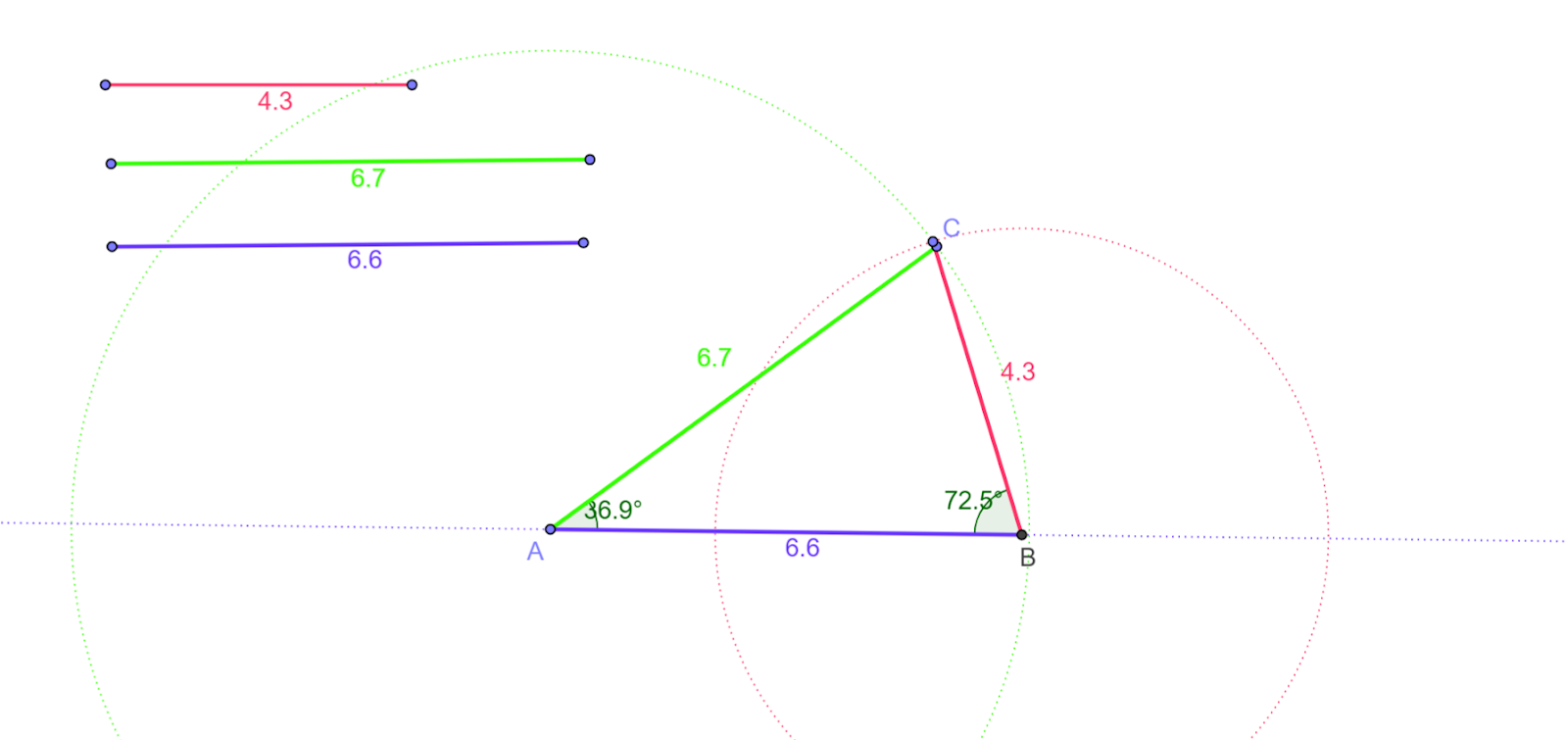The end of the year has arrived and so has the course Policy. We've spent the class learning about government and the three branches that make up the American federal government. The second unit has been a combination of Executive and Judicial branches. We met with the consulting firm Deloitte to learn about their role in politics, and our class visited the federal courthouse to learn about the judicial system.
World War 2 was a war that exposed the nations involved for their flaws and strengths, ultimately becoming a test, while also being a fight for survival. The countries involved in the war were; Australia, Belgium, Brazil, Canada, China, Czechoslovakia, Denmark, Estonia, france, Greece, germany, India, italy, Latvia, Lithuania, Malta, The Netherlands, New Zealand, Norway, Poland, South Africa, United Kingdom, United States, USS, Yugoslavia.
-Blitzkrieg which was lightening war that used rapid attacks with arms, tanks and aircraft with the goal to “overwhelm” the enemy. This was mainly used by the Germans early on in the war to gain territory.
-poison gasses were used in Nazi concentration camps to kill millions civilians (Holocaust) and by the Japanese army in Asia. -Nerve agents are stockpiled by the Nazis, but chemical weapons are not used on European battlefields. -bombs were used for targets and cities by Japanese. (Pearl Harbor,
-Nuclear weapons-Atomic Bombs (Nagasaki, Hiroshima)
FDR was the president at the time. He had a major role in getting the US involved in the war. Initially, FDR had a position of being neutral but after the bombing of Pearl Harbor, he changed to feeling the need to defend America Initially when World War II started in 1939, FDR kept a position of neutrality. He did not want the US involved in the conflict. However, after the bombing of Pearl Harbor, the public opinion played a part in swaying FDR into entering the war. During his fireside chats, he would give the American people hope. One of the other reasons that he was concerned over the democracy was the Nazi party gaining control of Europe especially moving closer to Britain. He realized that something had to be done so during one of his Fireside Chats, he announce that America would be the “arsenal of democracy” though the Lend-Lease program. This basically was a program where the United States could provide any arsenal to Britain or any other country that the US felt was “vital to US security”.
As the war began, America’s position was to remain neutral. So, Congress responded with passing the Neutrality Acts. These Acts prevented the US from being brought into another war. The Acts stopped war sales of weapons to countries that were against the Allies as well as preventing citizen travel on ships owned by countries not aligned with the US. Also, the US started a “cash and carry” policy. It was inclined to help the British with defense against the Axis powers but for other nations, they would have the opportunity to buy arms from the US as long as the country itself set up the transportation. This maintained the US neutrality. However, after the attack on Pearl Harbor in 1941, President Roosevelt asked Congress to declare war. So, Congress declared war the next day on Japan and then on Germany and Italy as they were allies of Japan. The Lend/Lease Act and Cash and Carry Policy helped the Allied countries receives arms and supplies from the US.
In looking at the US engagement in the war, analyzing the key war-time policy and applying a SCOTUS interpretation of the Constitiution, World War II was a just war. The United States’s initial position of neutrality was won where it helped its Allied alliances with weapon supplies and materials. However that changed after the bombing of Pearl Harbor. At this point, America’s democracy felt threatened so the US had no choice but to enter the war to protect any threats posed to not only America but its Allies. The day after the attack on Pearl Harbor, Congress declared war on Japan with only a single vote against entering the war, having an almost unanimous decision. It is the fundamental right as upheld by the Constitution that gives Congress the power to declare war and for the President to direct the military. Likewise, they were just in case of Korematsu when he refrused to enter an interment camp. The Supreme Court ruling was based on what was happening in the country at the time after the bombing of Pearl Harbor. It was justified to move into protection as the military thought it was appropirate to do so given what happened. So, while Korematsu might have felt his American rights were being violated based on race, the goverment was acting on the war time policy and was just in doing so.
bull, dr. Stephen. (2008). WordPress.com. https://armymenwargaming.files.wordpress.com/2018/05/wwii-infantry-tactics.pdf. https://armymenwargaming.files.wordpress.com/2018/05/wwii-infantry-tactics.pdf
fdr, caft. (2023). World War II facts. FDR Presidential Library & Museum. https://www.fdrlibrary.org/wwii-facts
imw, .org. (2022). The German “Lightning War” strategy of the Second World War. Imperial War Museums. https://www.iwm.org.uk/history/the-german-lightning-war-strategy-of-the-second-world-war

.png)




